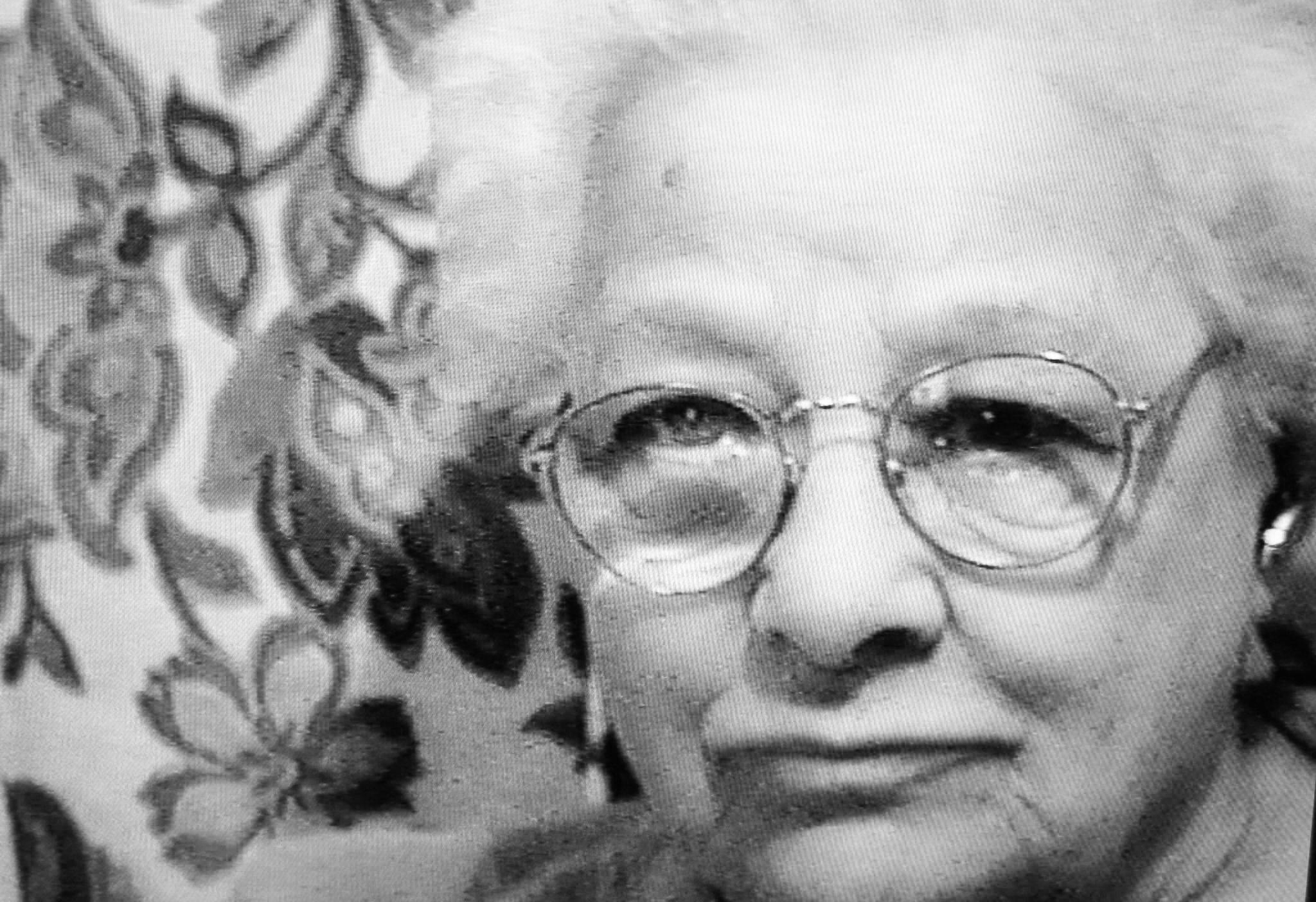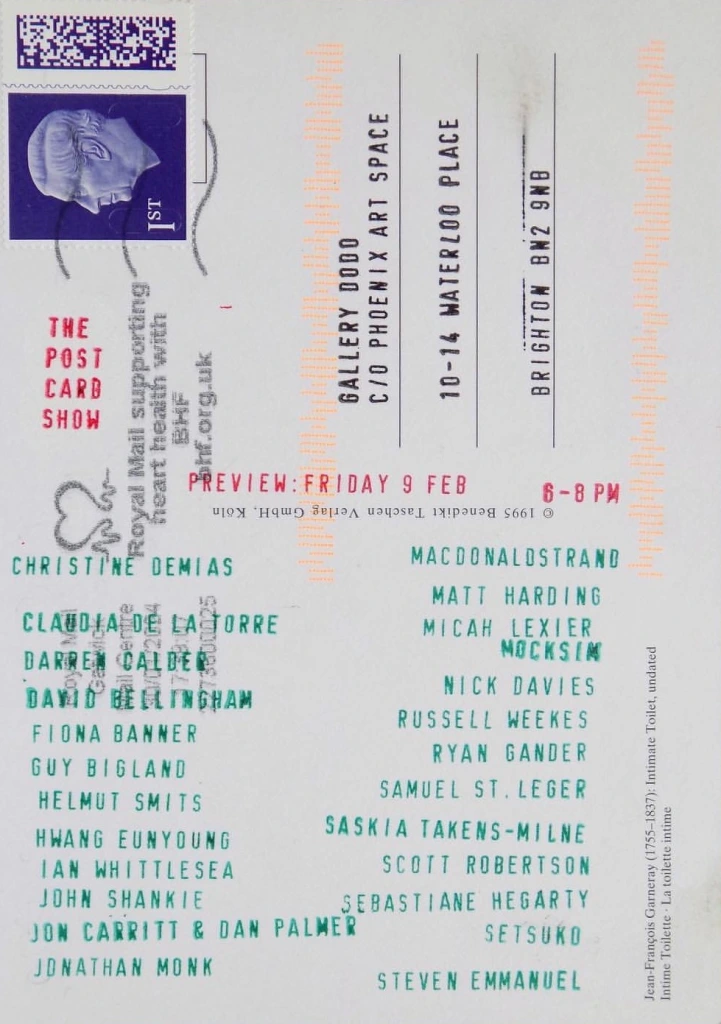
The Postcard Show: 9th February – 24th March
Delighted to be one of 25 artists, invited to contribute to The Postcard Show, which opened at Gallery DODO, Brighton on Friday 9th February.
In the exhibition introduction, Gallery DODO write: ‘One can confidently say that more postcards have been sent from, rather than to, the seaside resort of Brighton. However, it’s never entirely one-way traffic. The artists and works included in the exhibition share a consideration of the postcard as an art object in itself – the artwork is the postcard rather than just on it- and utilise, in varying ways, the everyday process of the postal service, its recto/verso and image/text form, or engage with the postcard’s conventions.’
To ‘widen the gene pool of contributing artists, and distance themselves from the curatorial selection process, Jon Carritt & Dan Palmer, asked each of the initial 15 artists approached to invite an additional artist of their choosing to also mail a postcard to Gallery DODO. The arrangement of postcards in the gallery is ordered by their date of arrival and displayed in such a way as to make both sides visible.
Images: 1: Gallery DODO. 2: Micah Lexier. 3: Sebastiane Hegarty (Ph: Saskia Takens Milne). 4: Saskia Takens Milne. 5: Scott Robertson (Ph: Saskia Takens Milne). 7: Steven Emmanuel. 6: Helmut Smits.
My own postcard went through several incarnations before a stamp was finally licked. Compliant with the A6 proportions of postcard etiquette, Silence second class, is a stereo set of two dumb, hand stamped and hole-punched, 300gsm cards. Both are pierced through with a small circle of tiny holes; a visualised acoustic pattern reminiscent of speaker ‘grills’ or the microphonic mouthpiece of landline telephones. This hollow array is juxtaposed with a small, rubber-stamped word: On one card the word, Silence and on the other, Listen. With a graphical and conceptual nod to Yoko Ono’s Hole to see the sky through (1971) the postcards proffer a shift of listening attention away from the audible, toward the post audible, the unheard and the imagined, the infrequent modulation and tinnitus shush of weak or empty signals.
The Postcard Show runs until 24th March 2024.
Viewing by appointment.
DM Gallery DODO on Instagram (@aproposdodo) to arrange a time.
Gallery DODO,
c/o Phoenix Art Space
10-14 Waterloo Place
Brighton
BN2 9NB
UK
Please be aware that the gallery can only be accessed via a staircase.
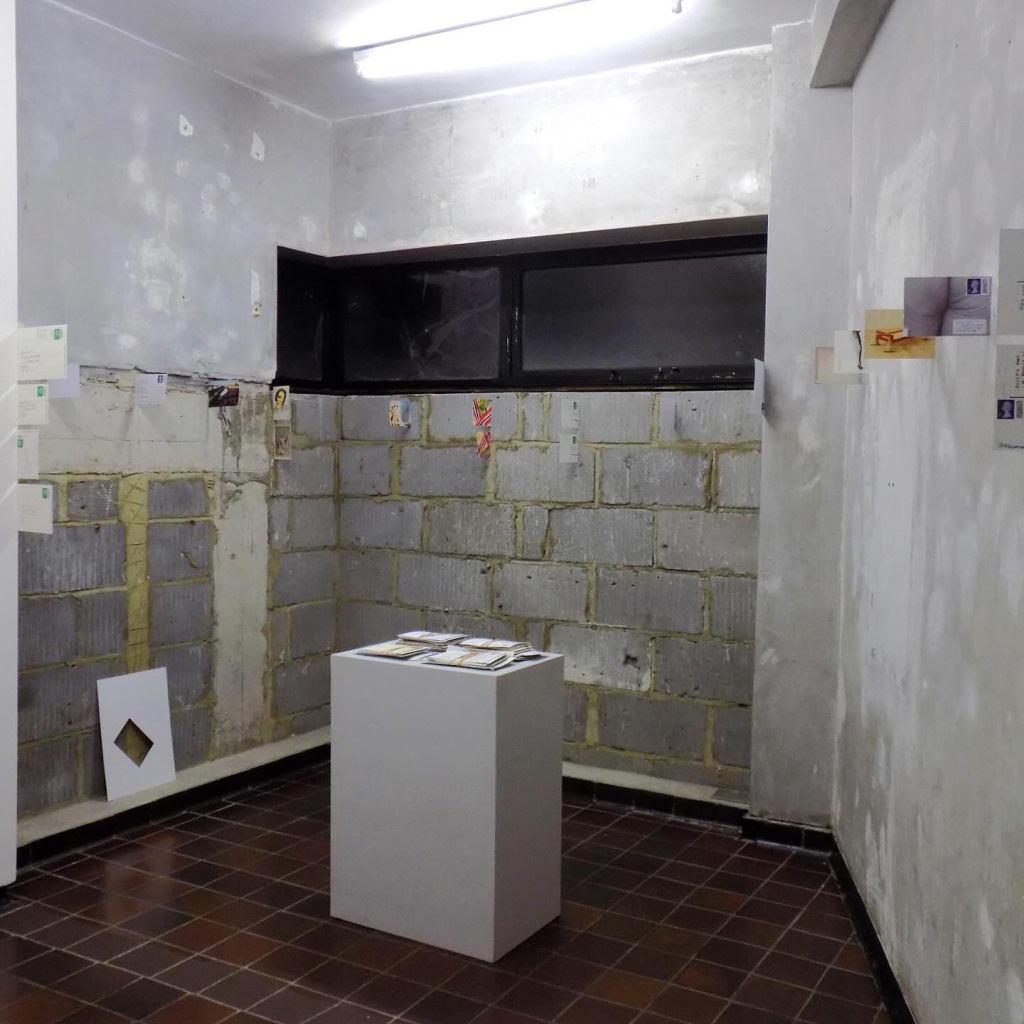
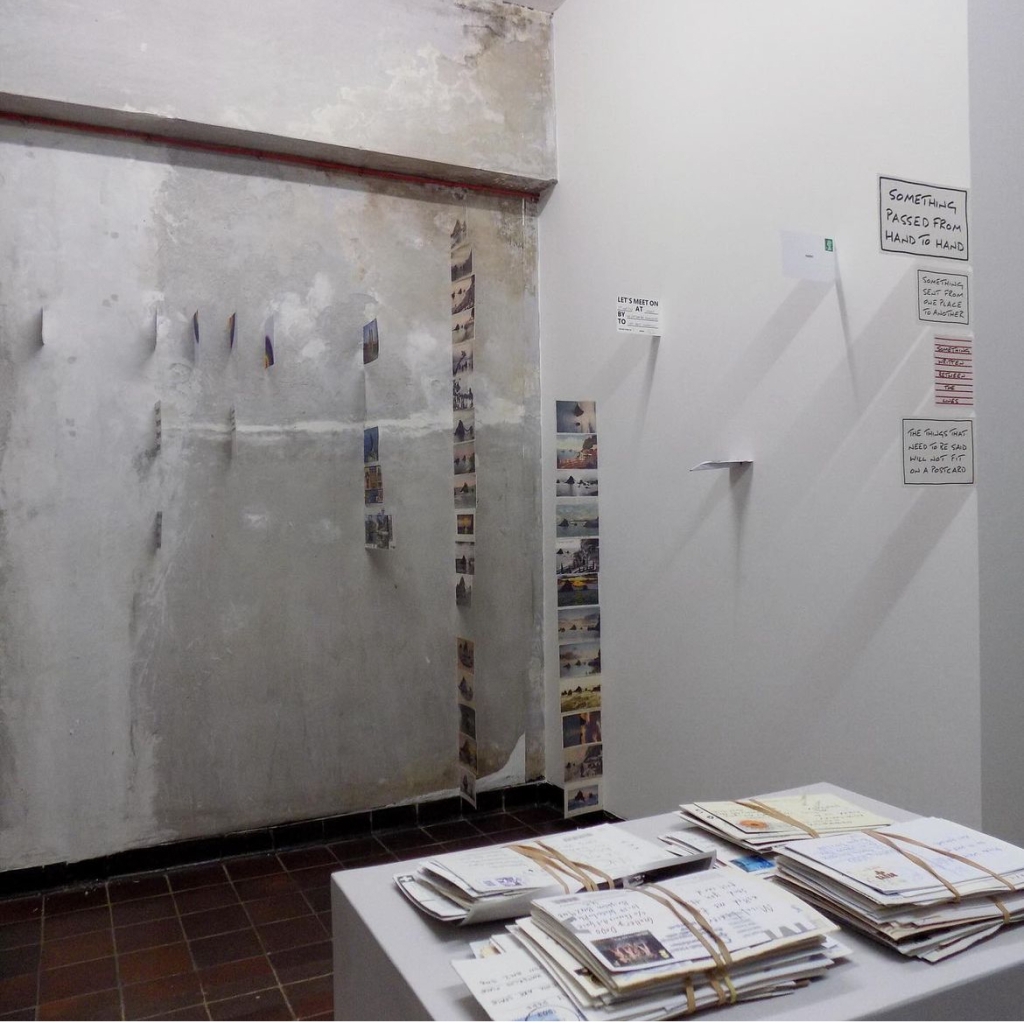
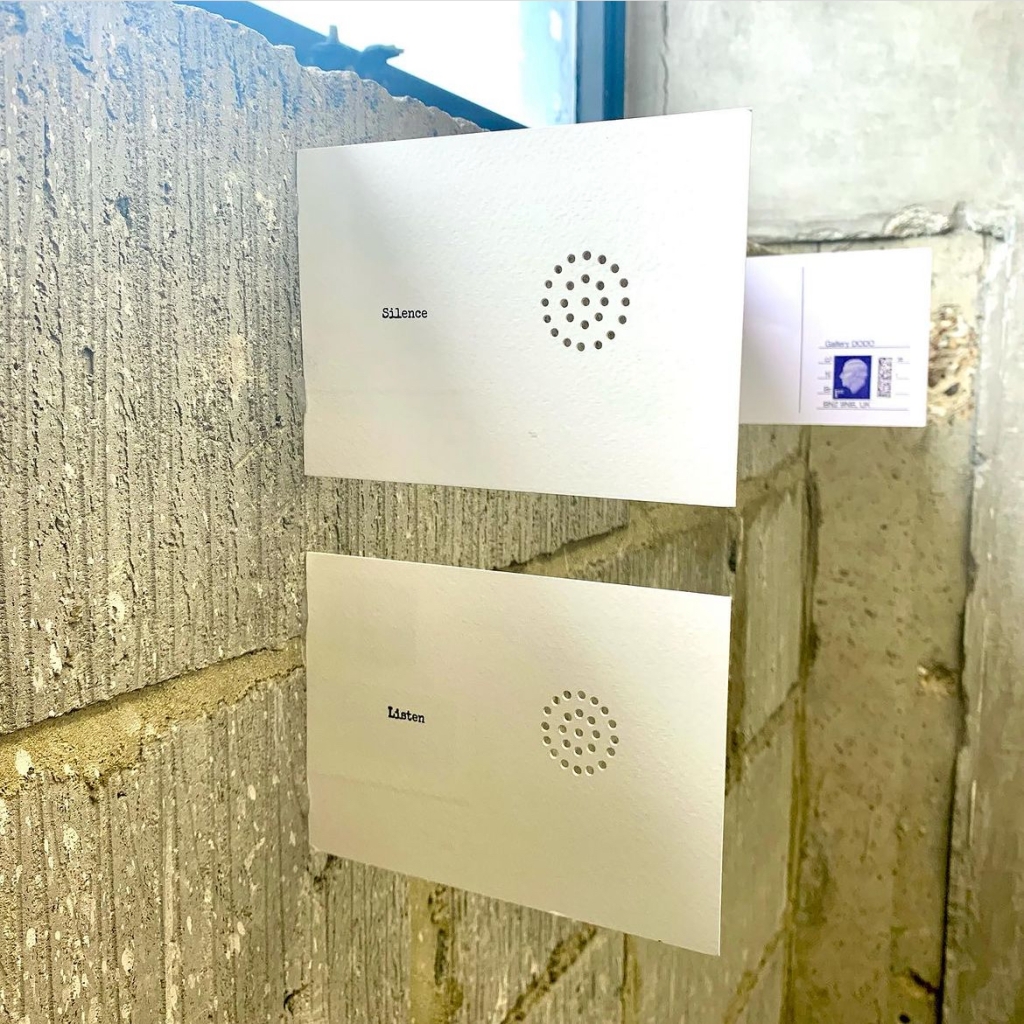
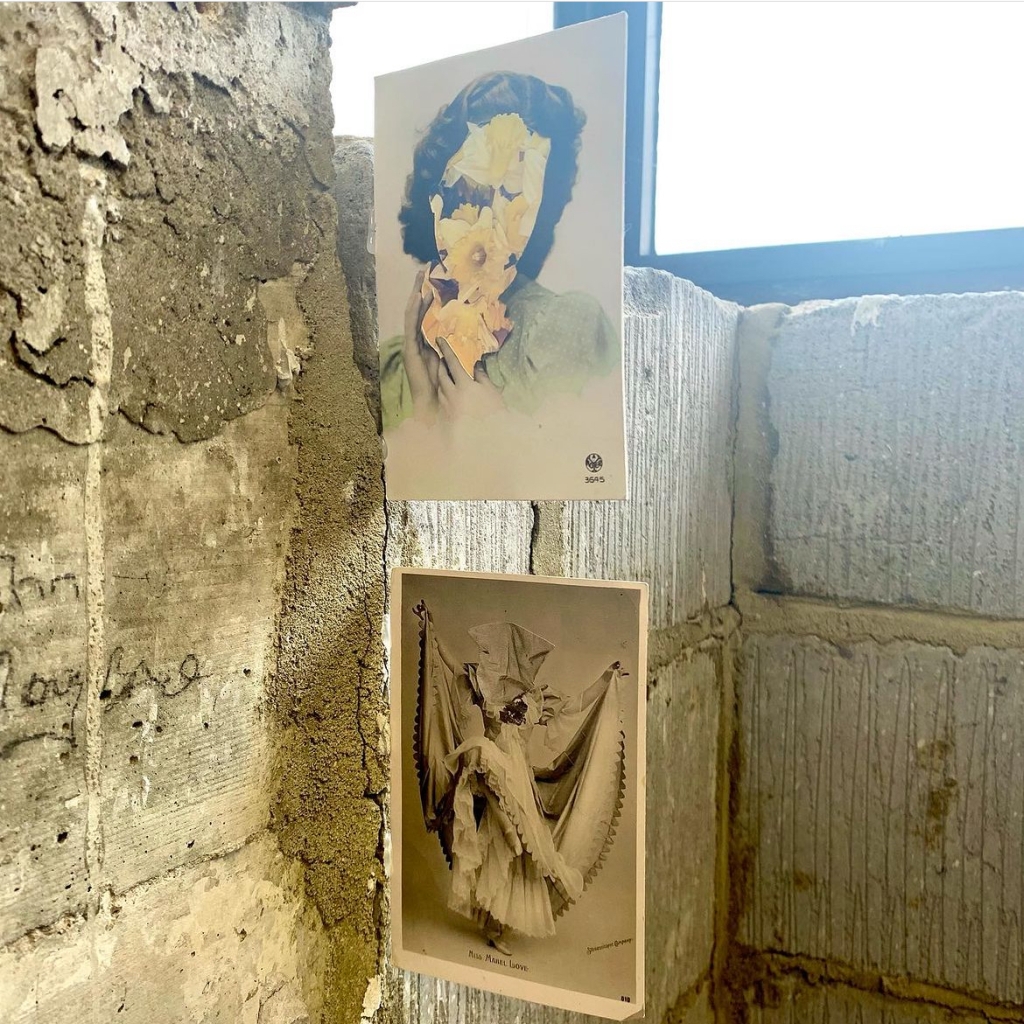
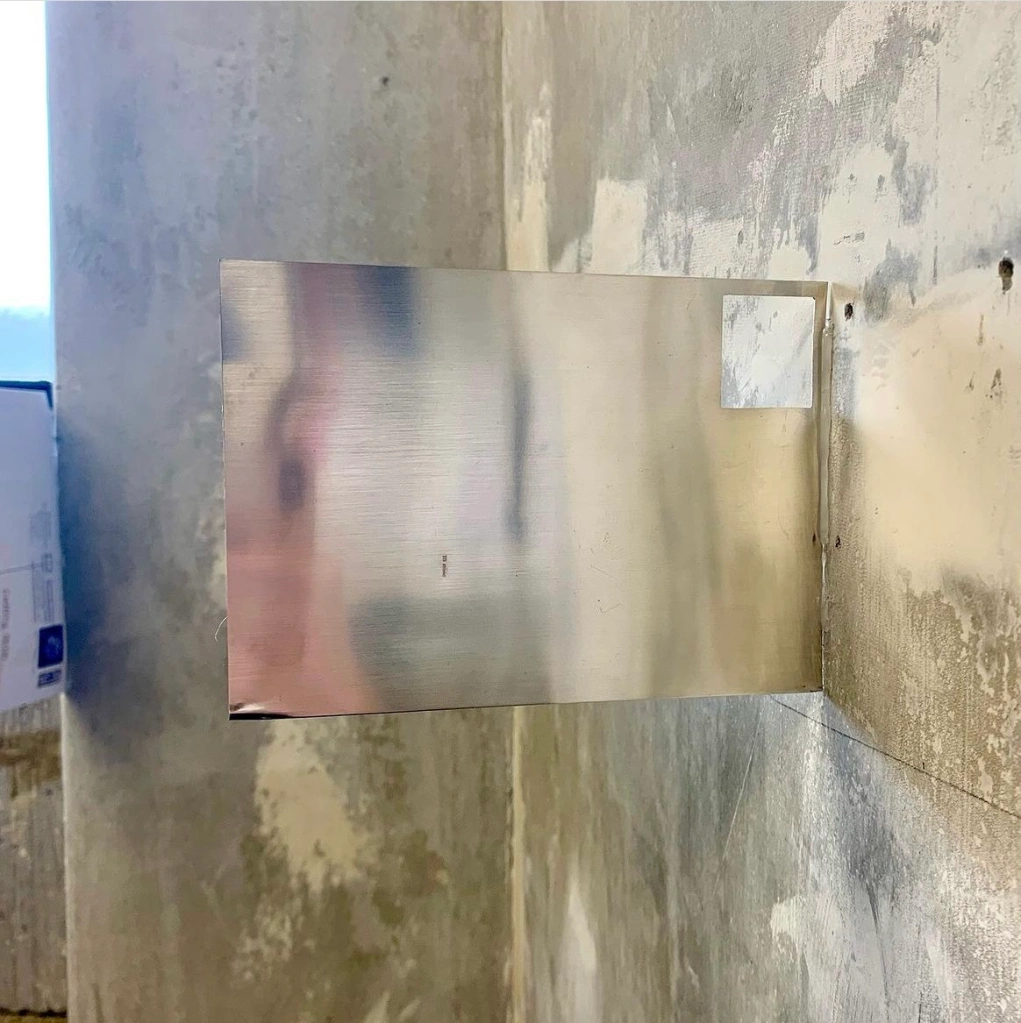
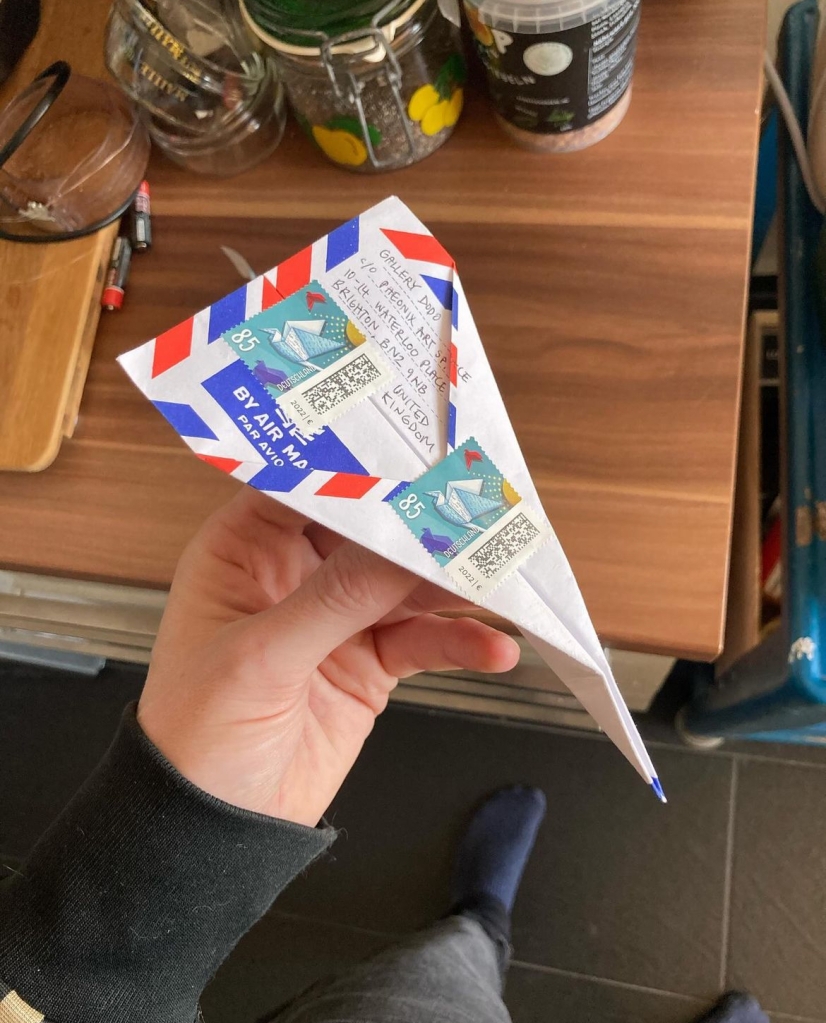
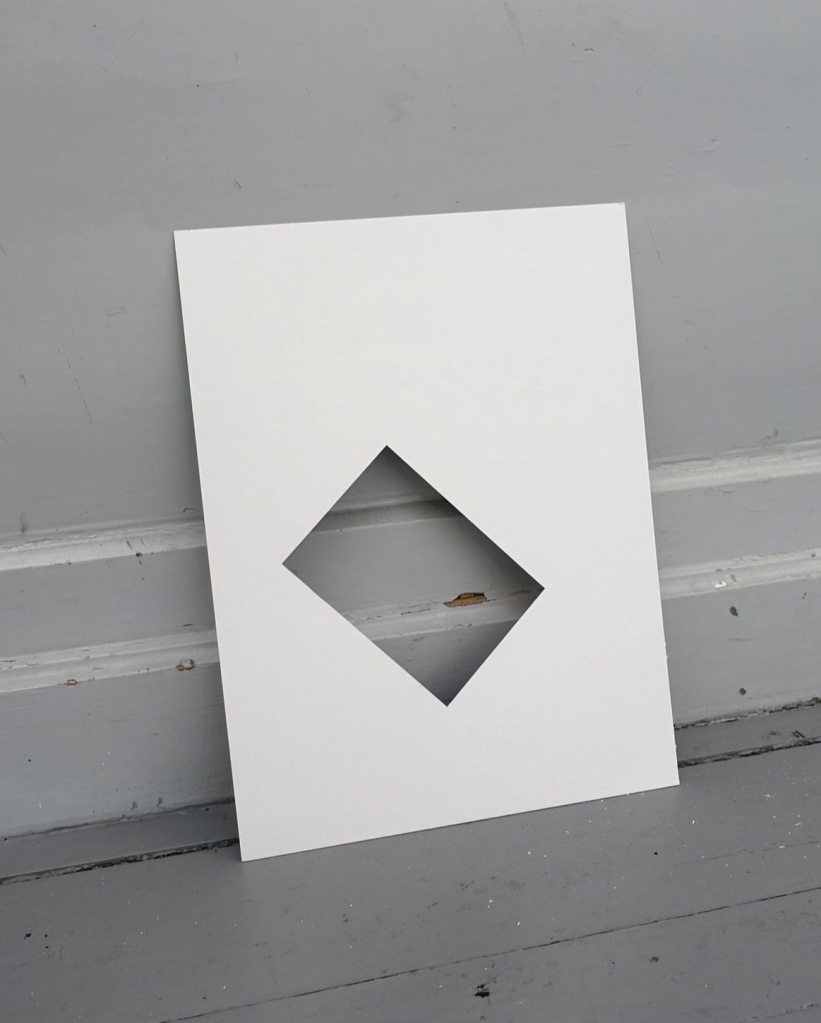
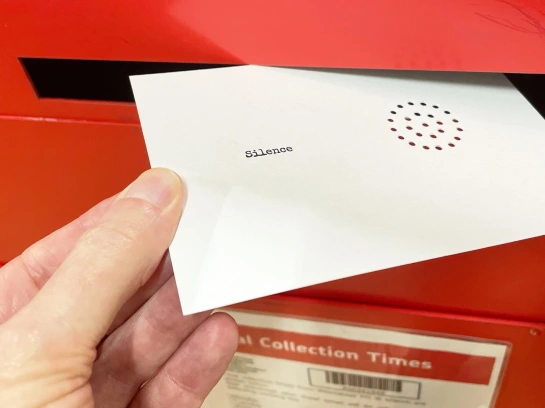

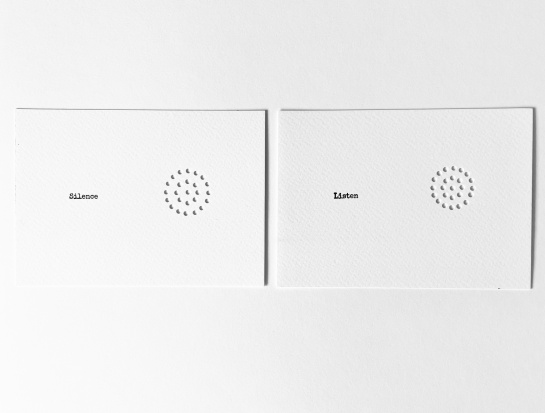
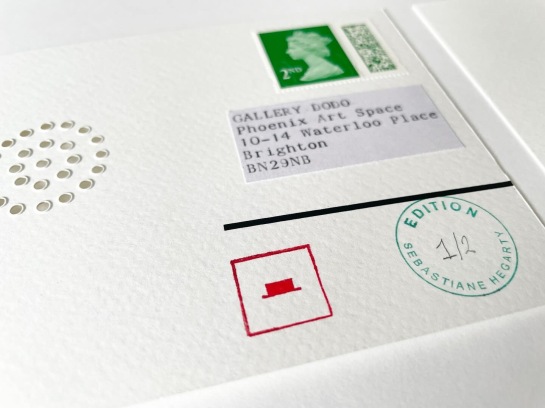
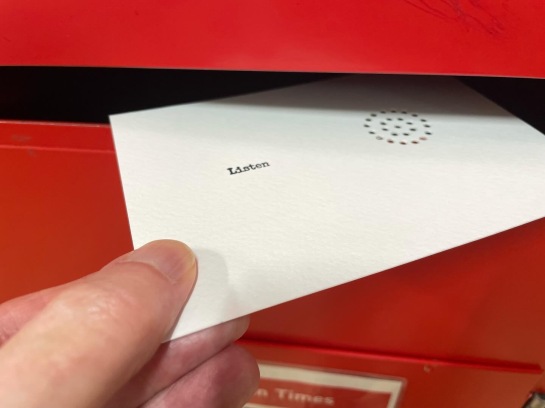

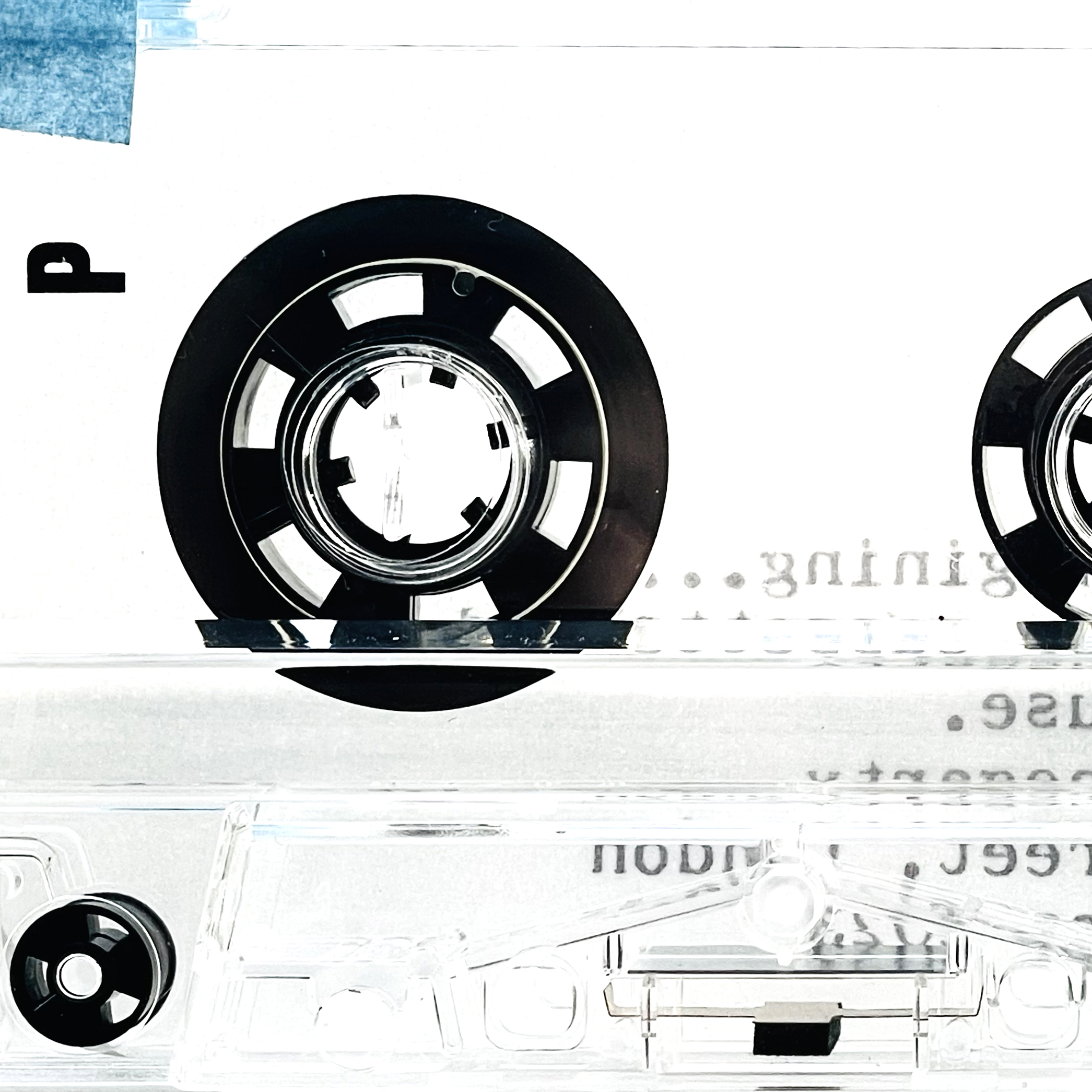
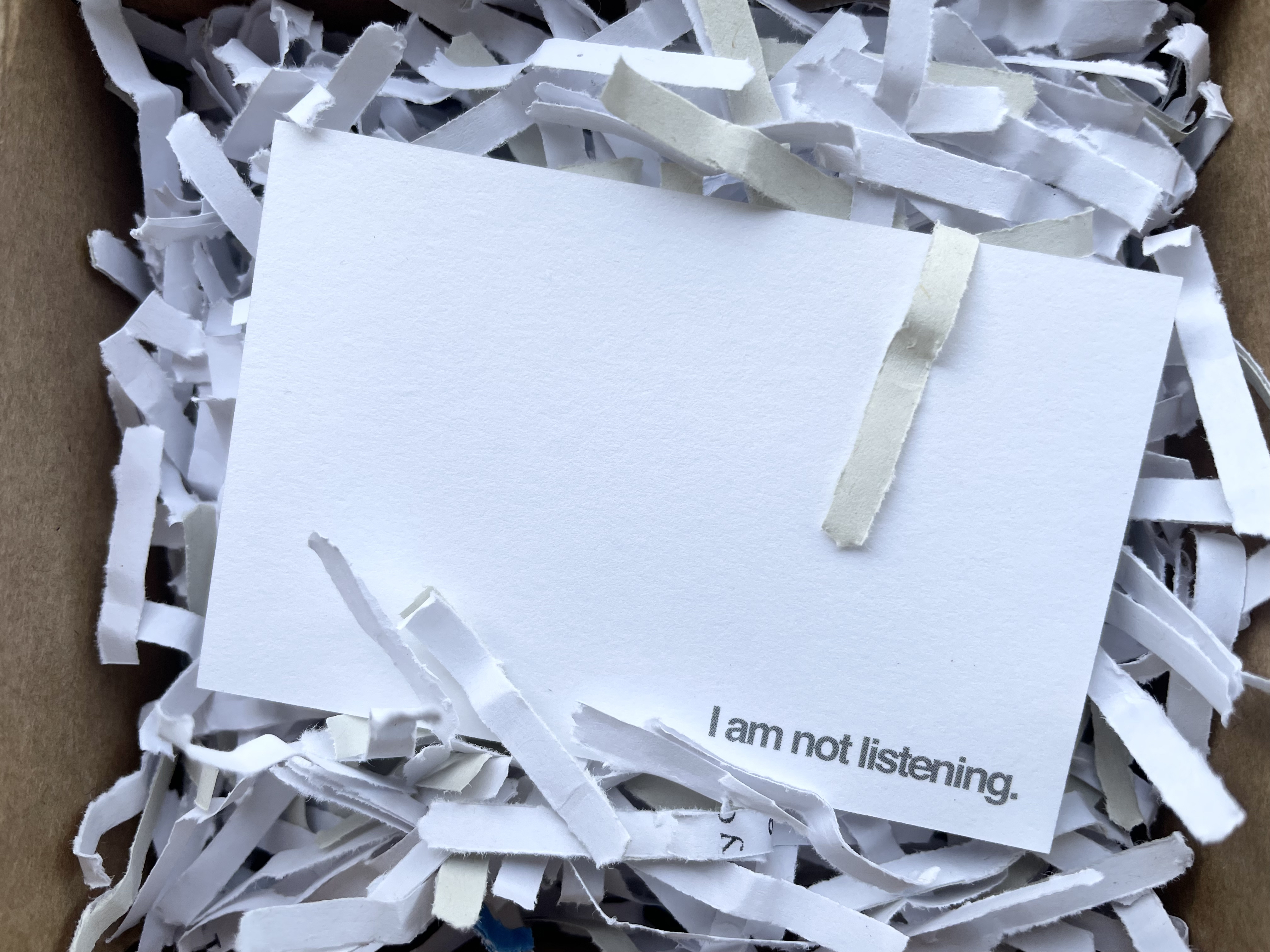

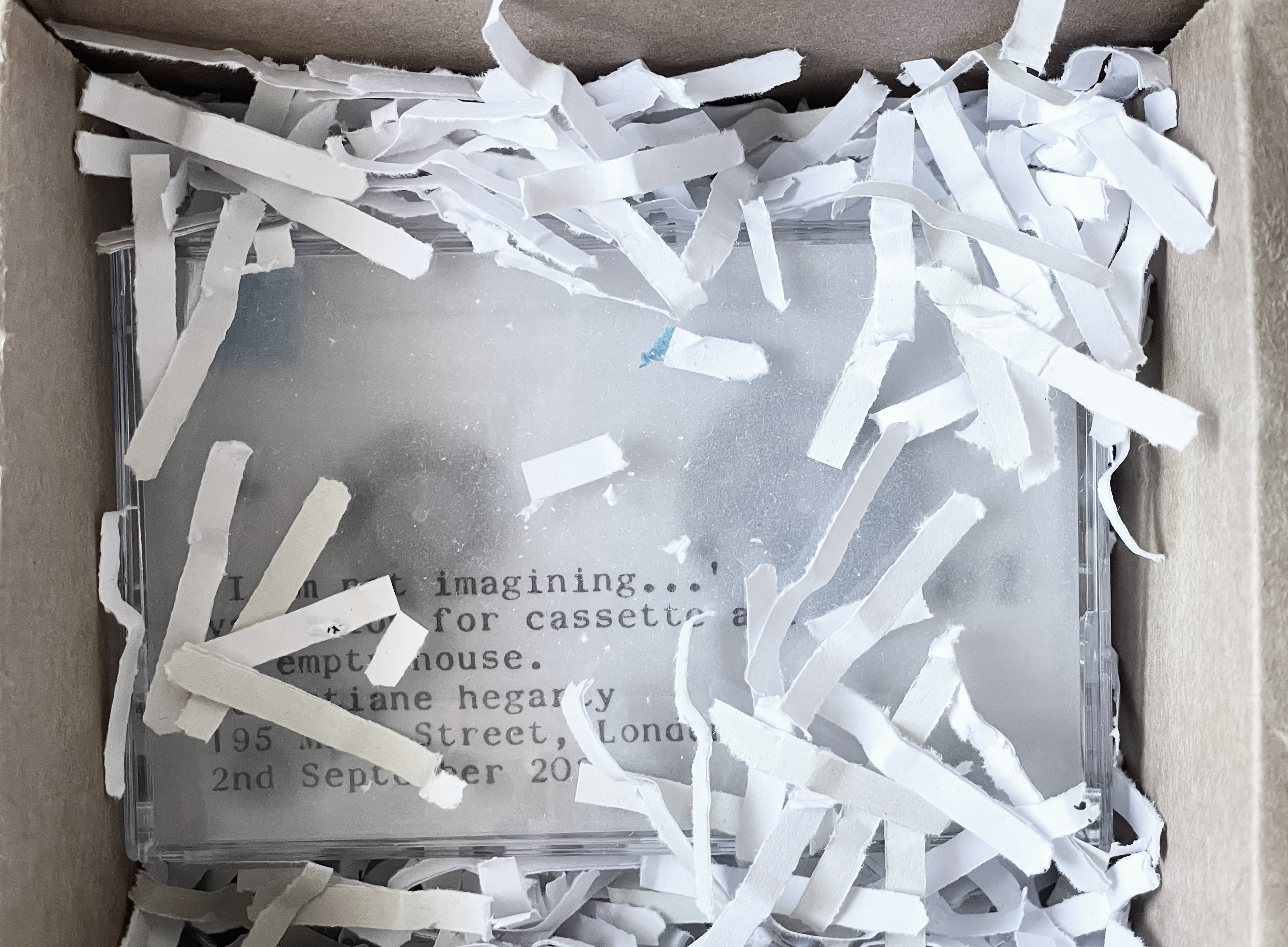
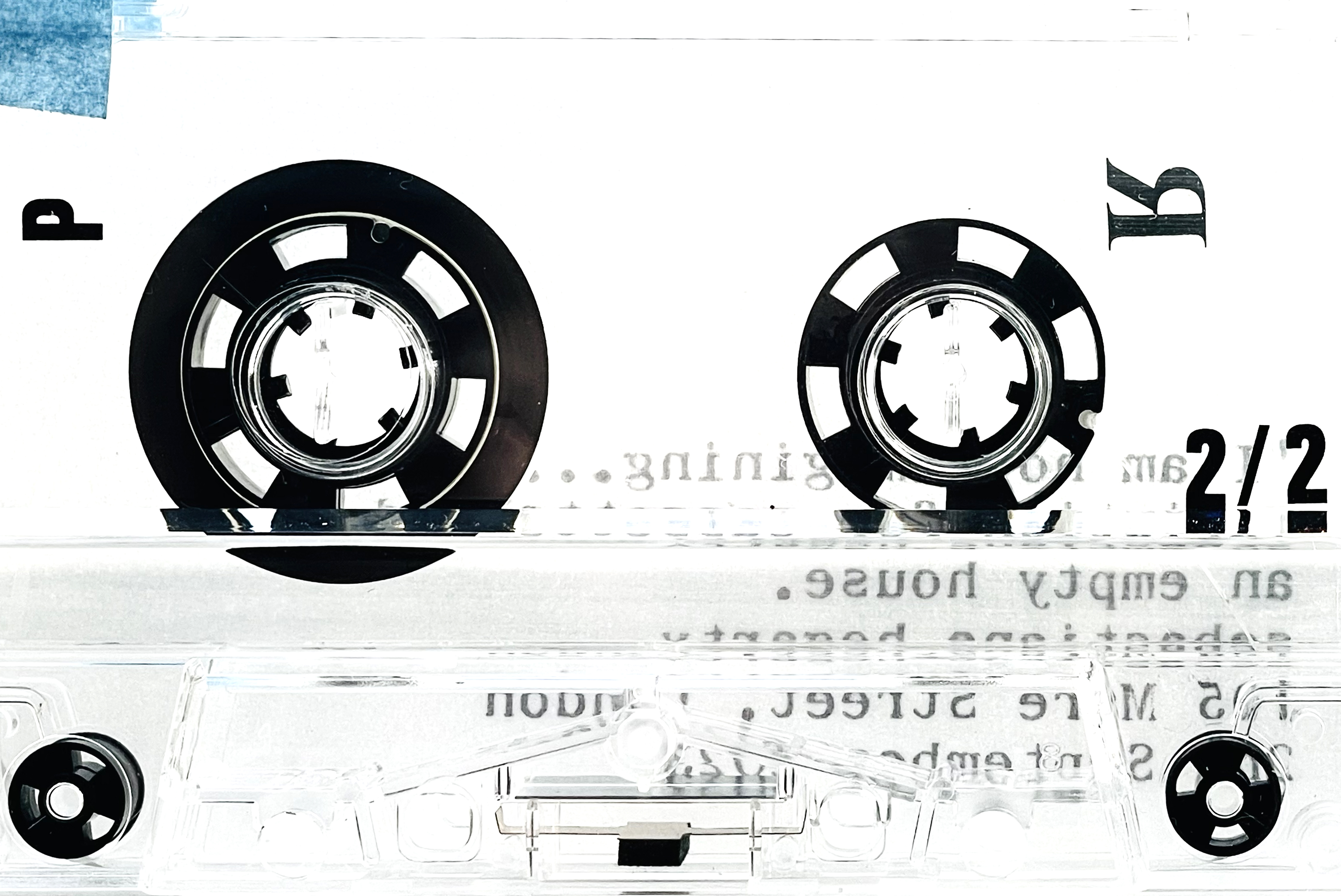
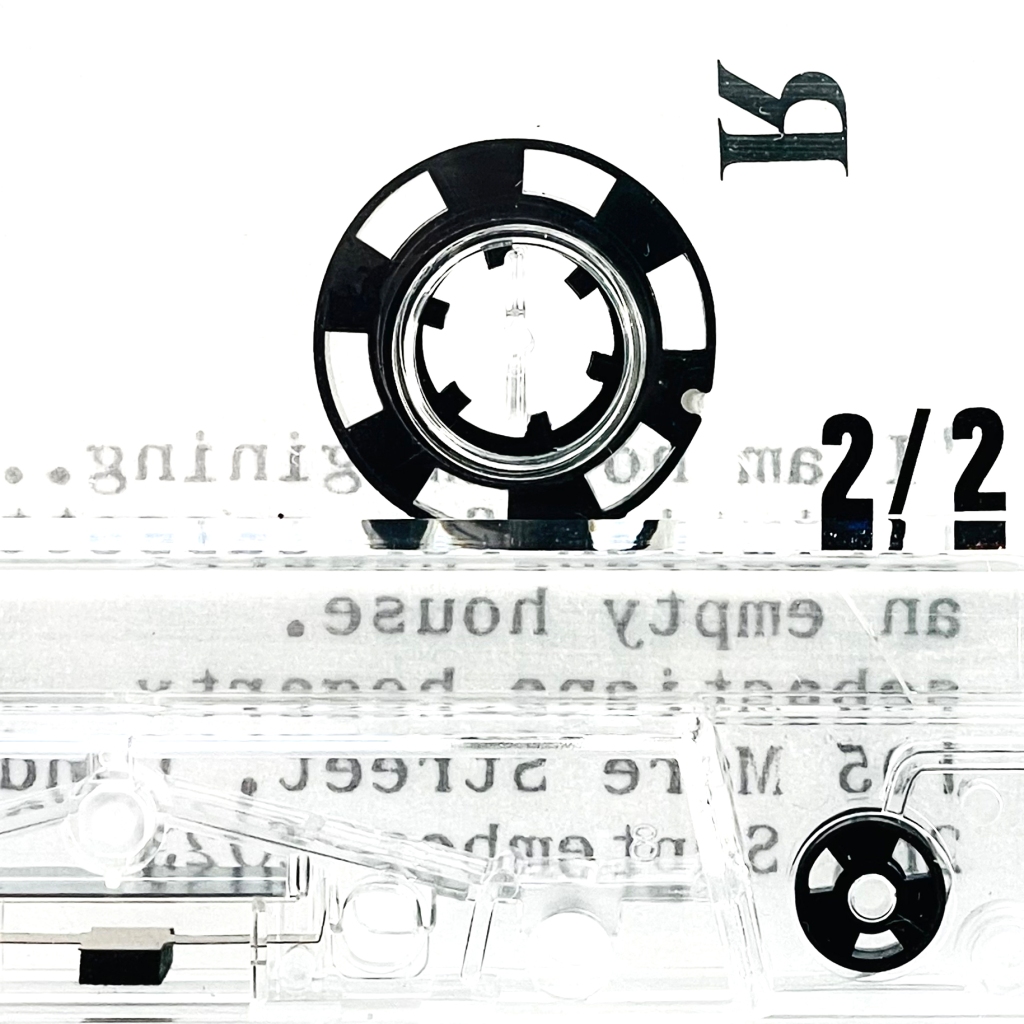
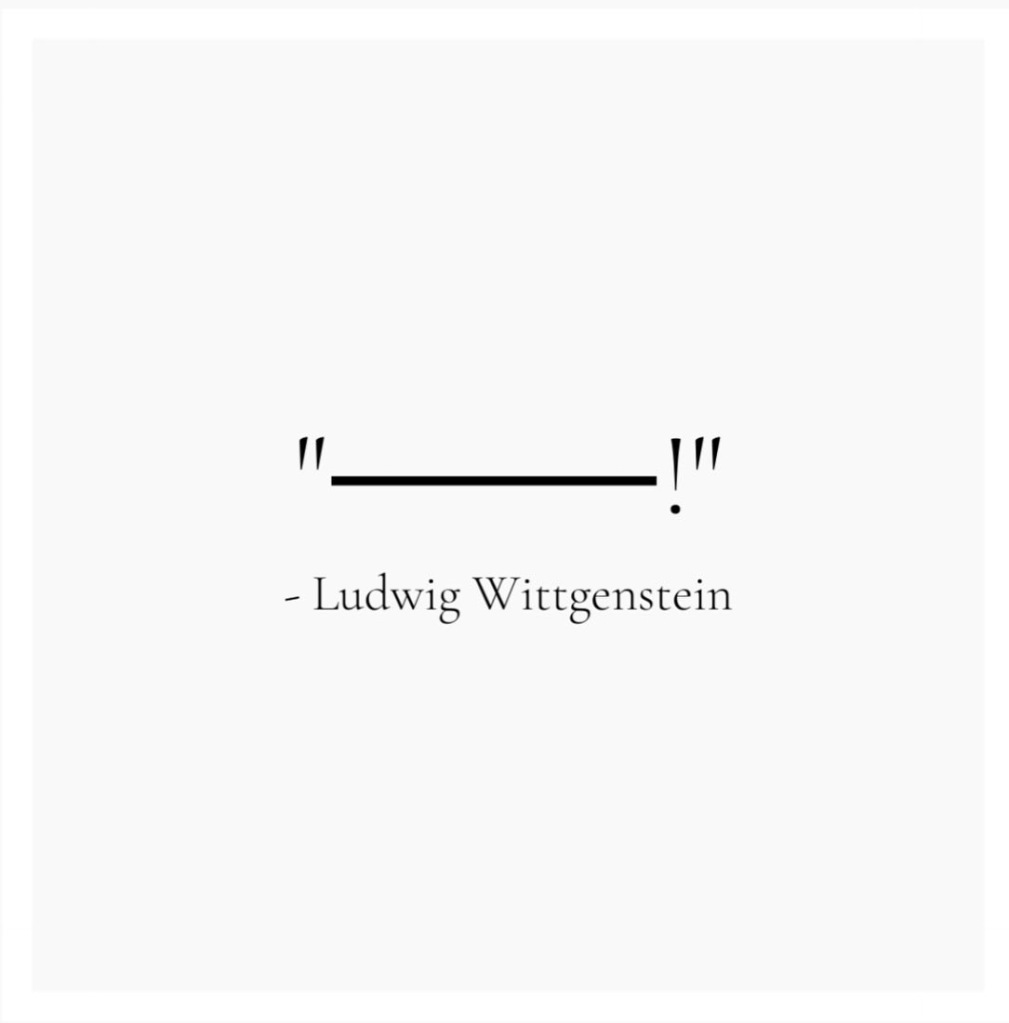
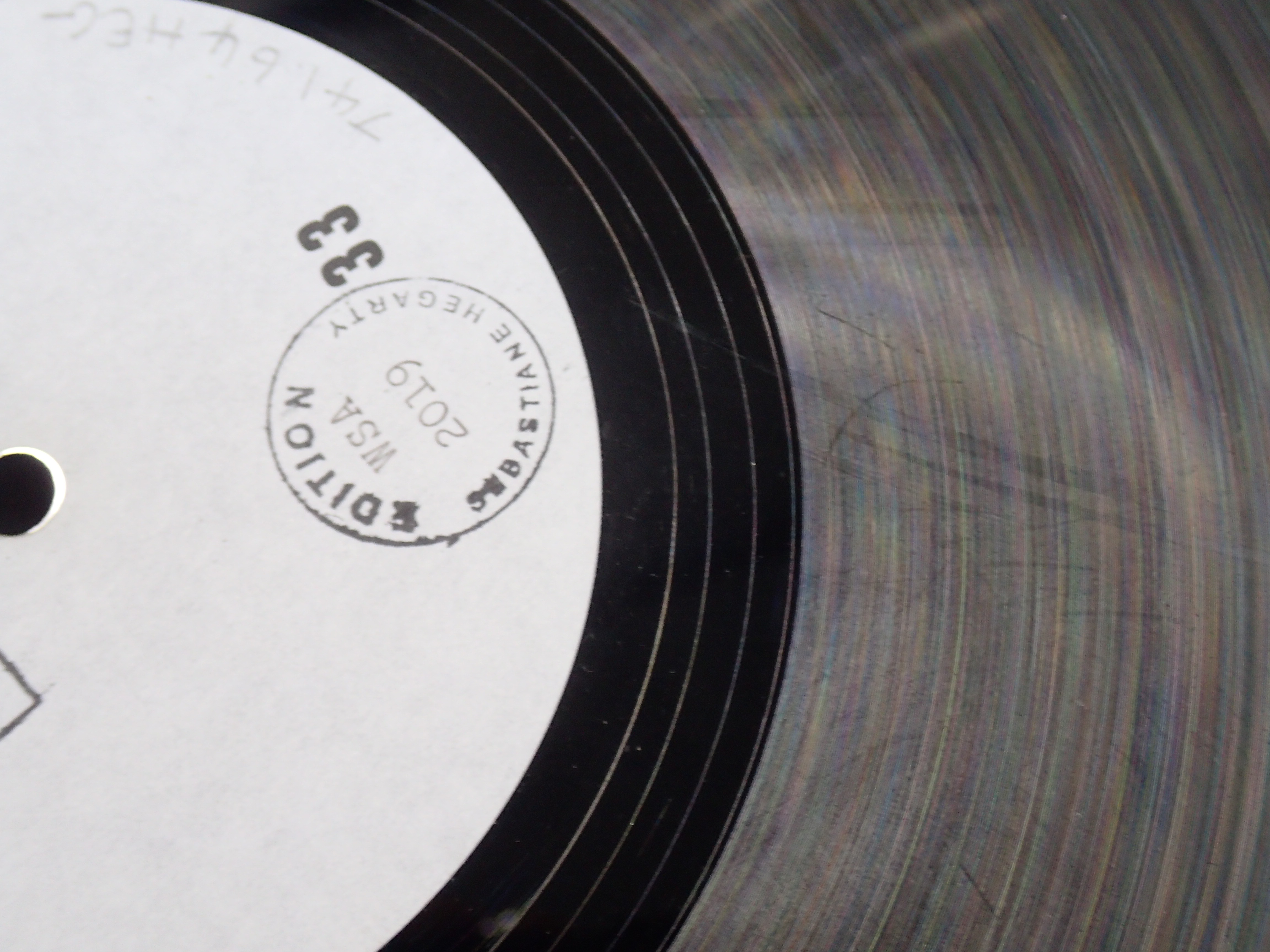
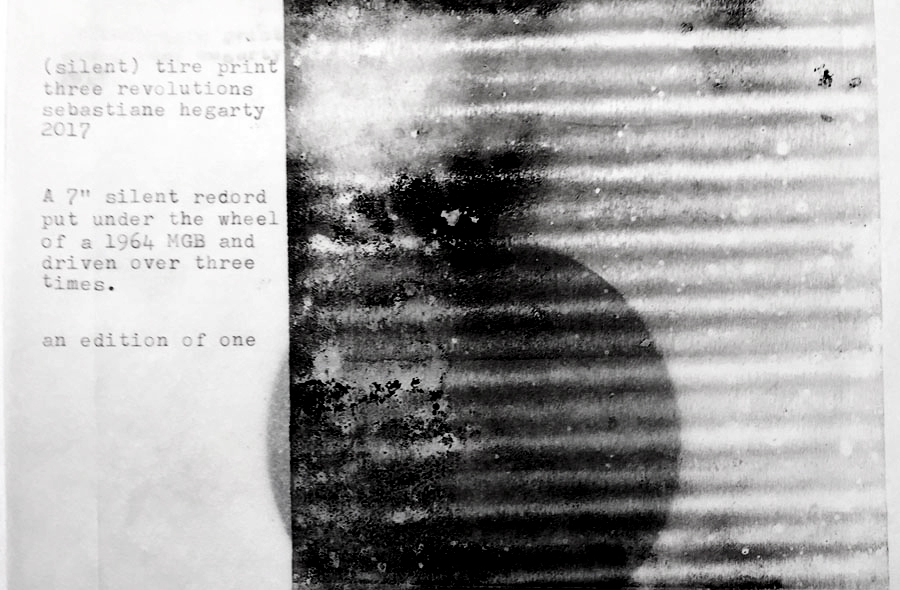
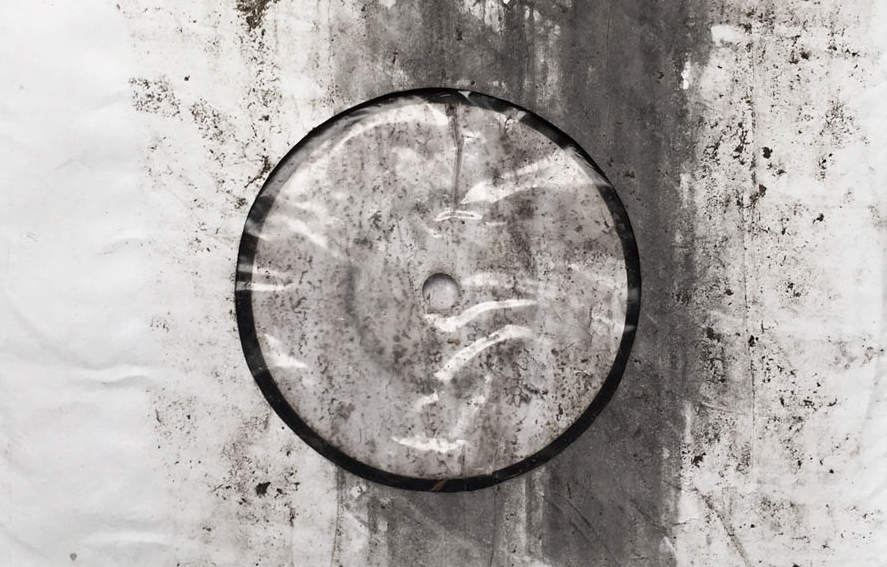
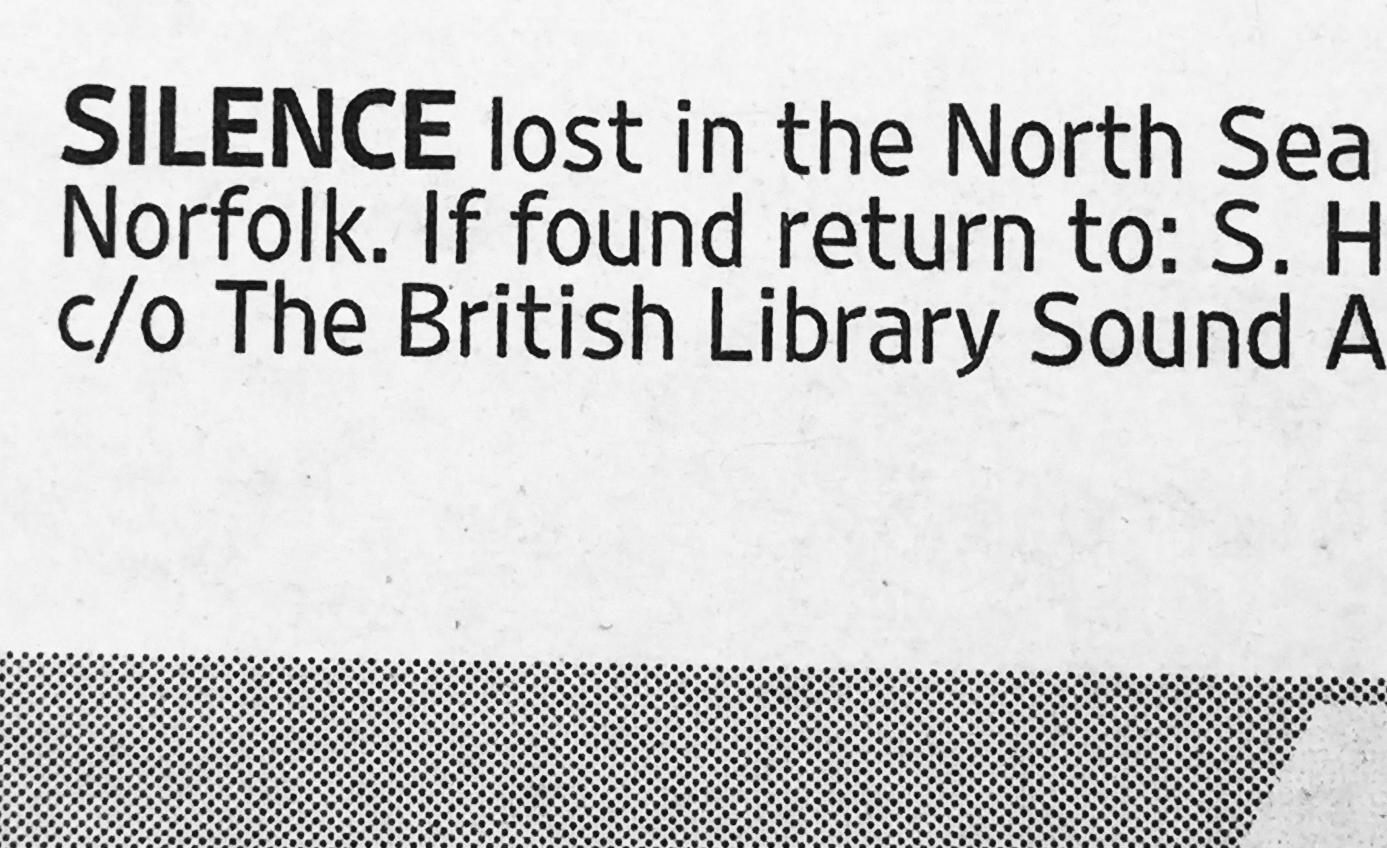
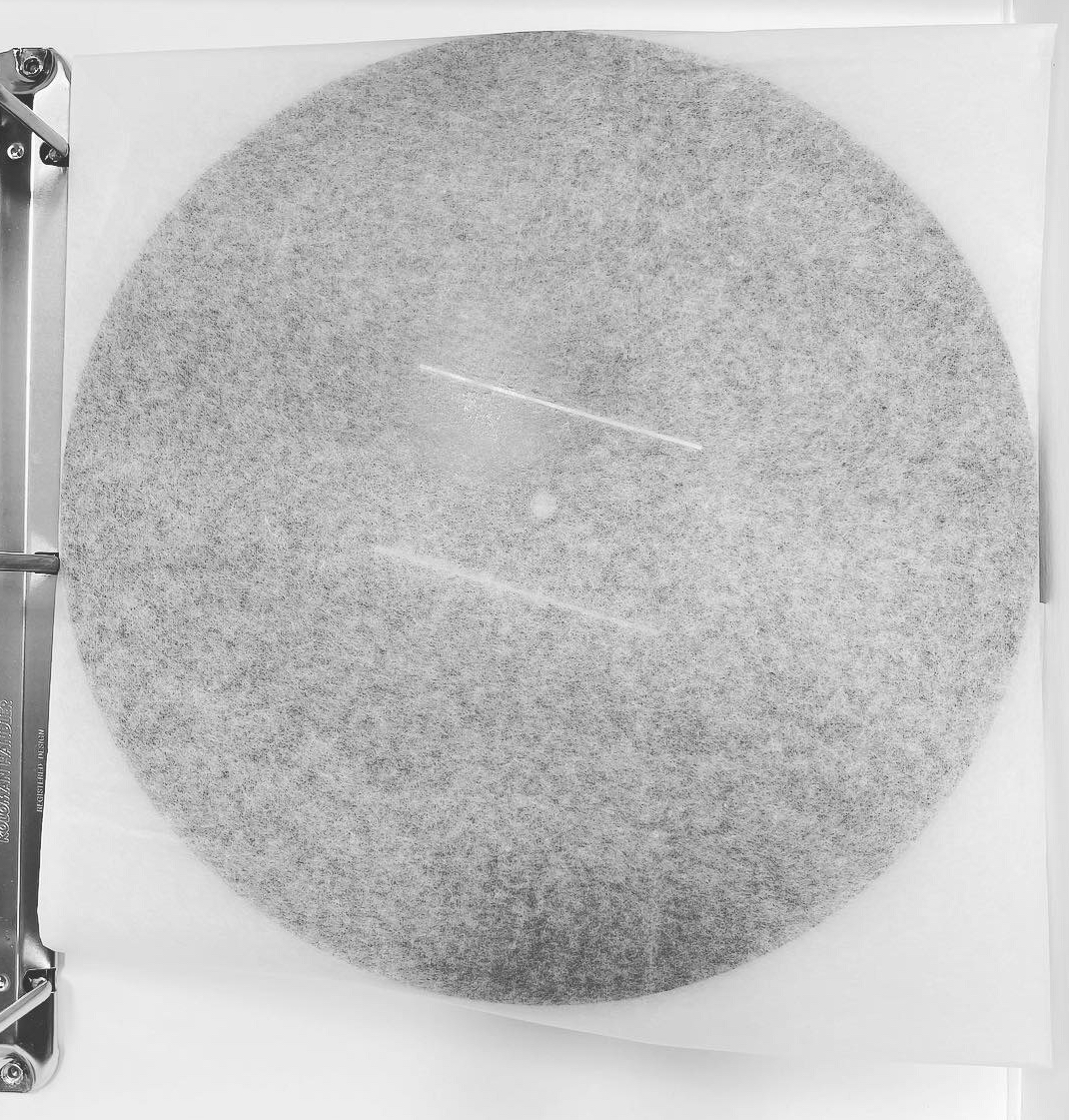
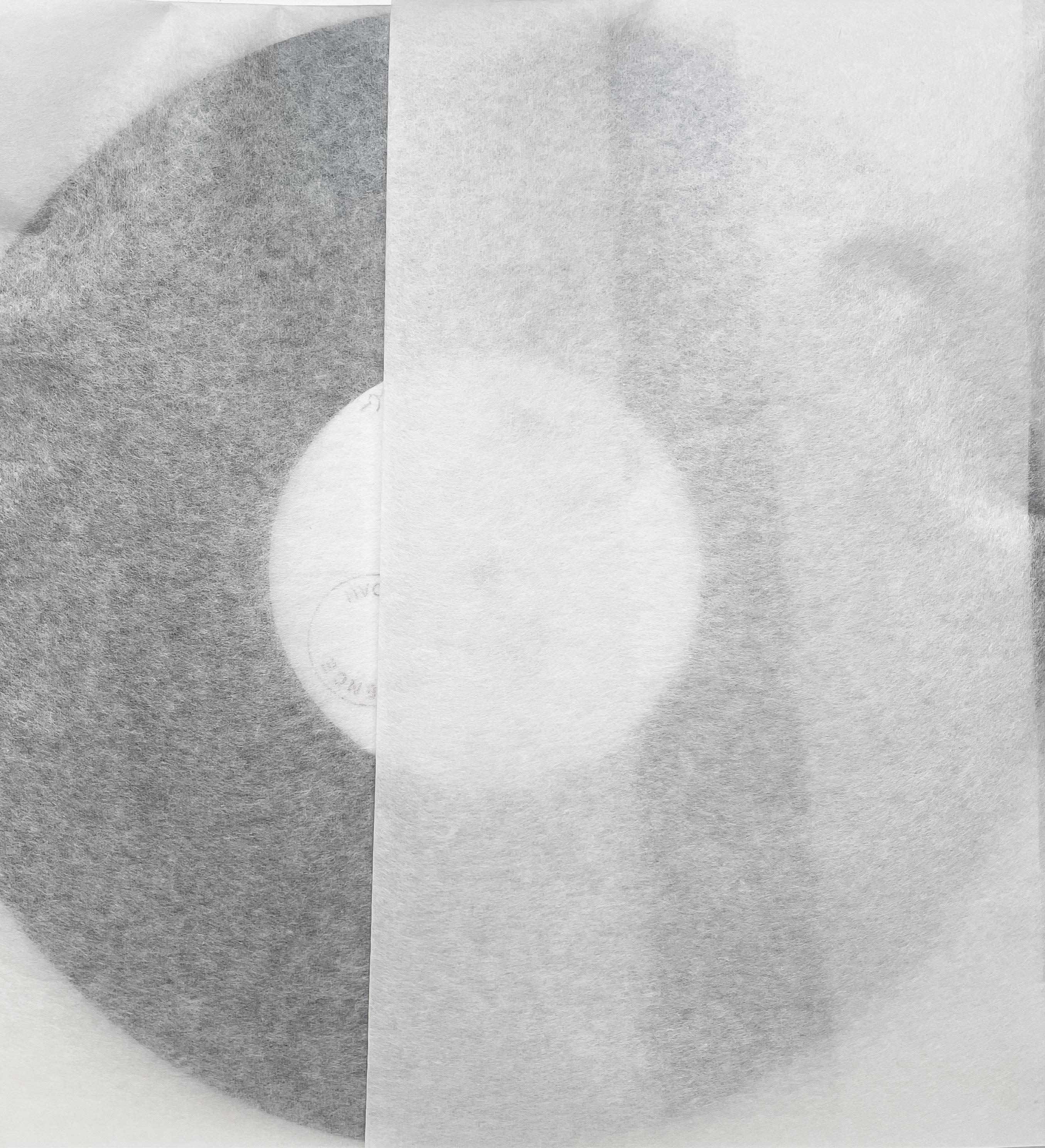
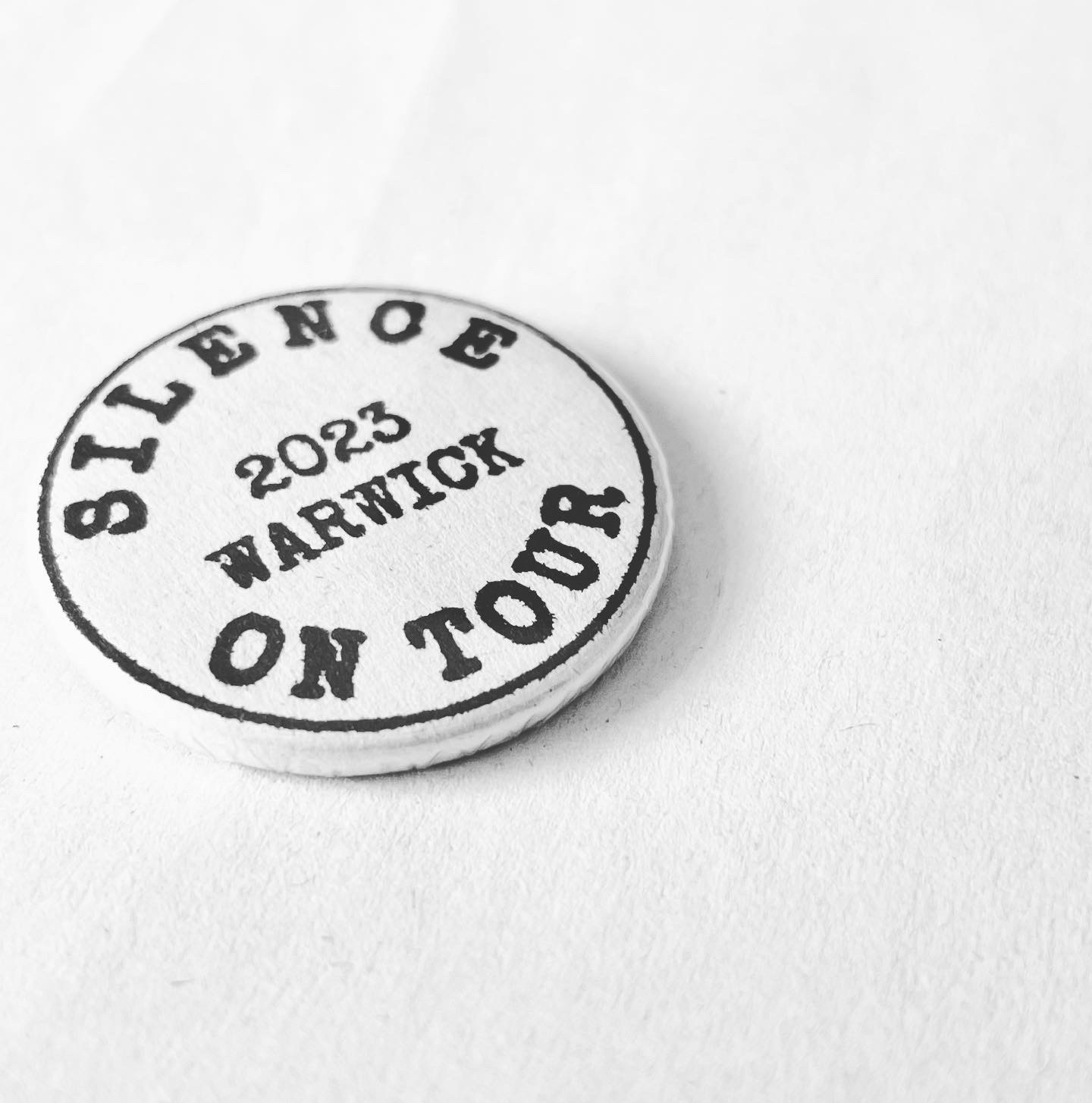



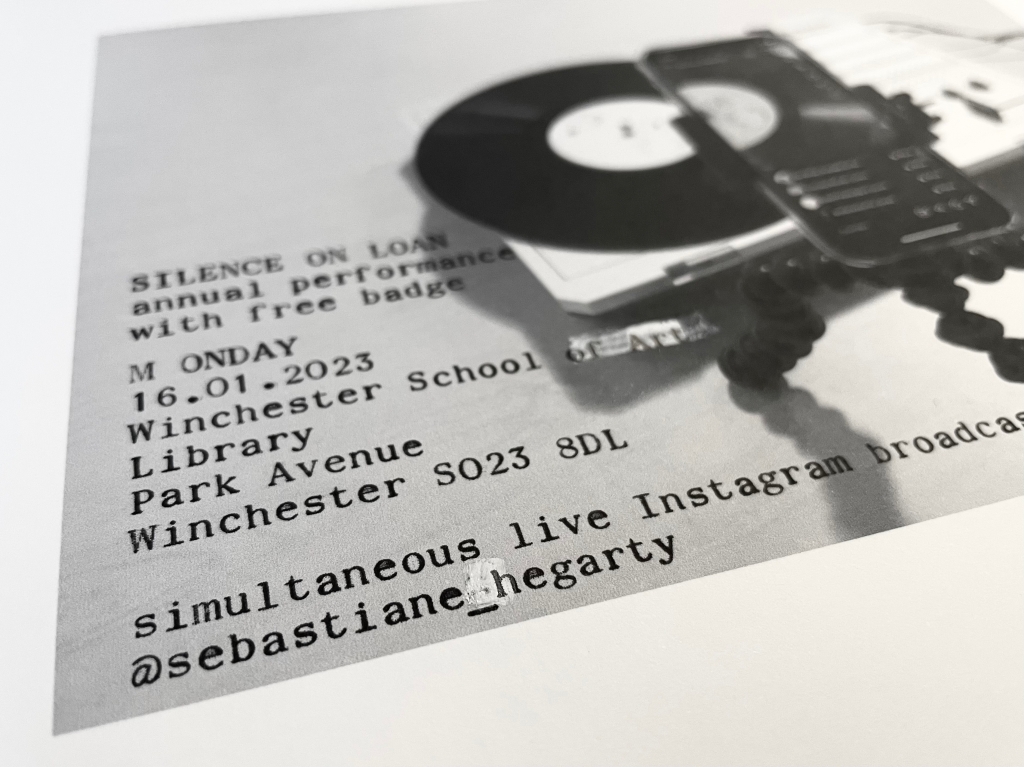
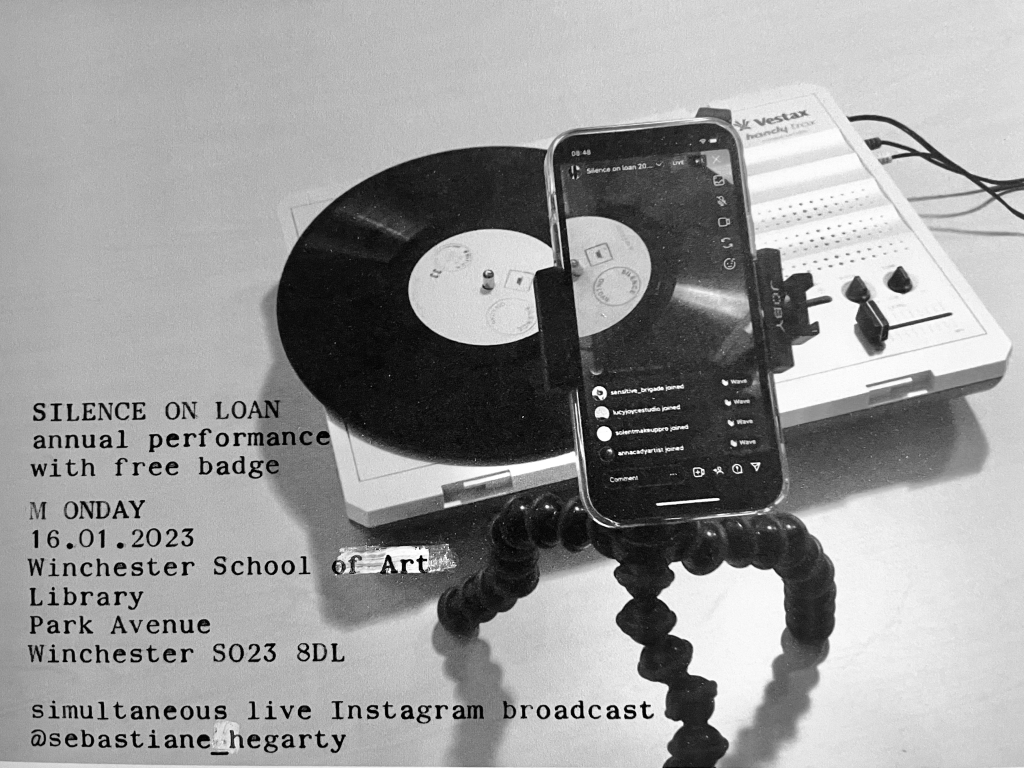
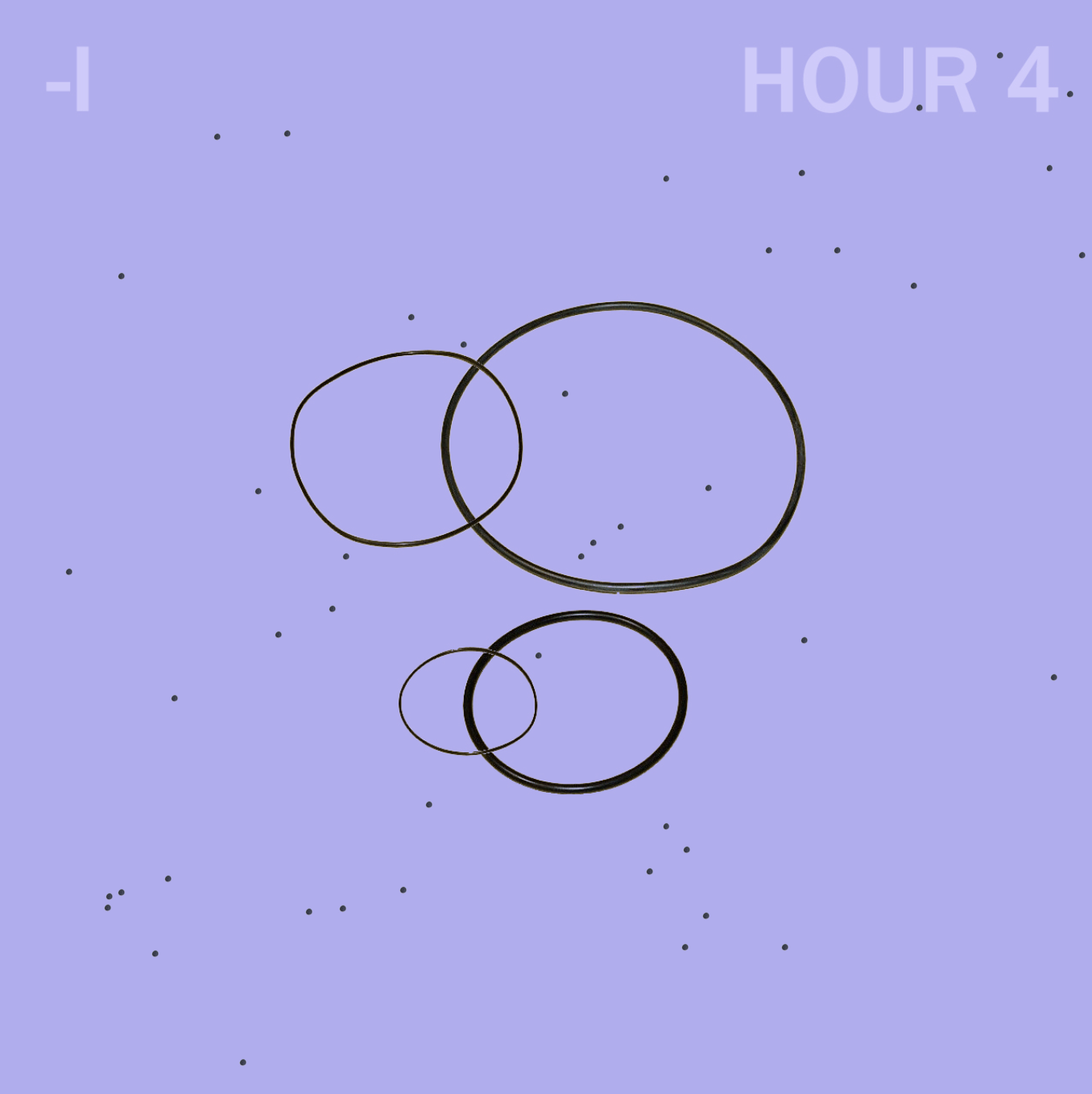 DFTPTMMYAIN, part 3 – The. 2022. Christof Migone.
DFTPTMMYAIN, part 3 – The. 2022. Christof Migone. 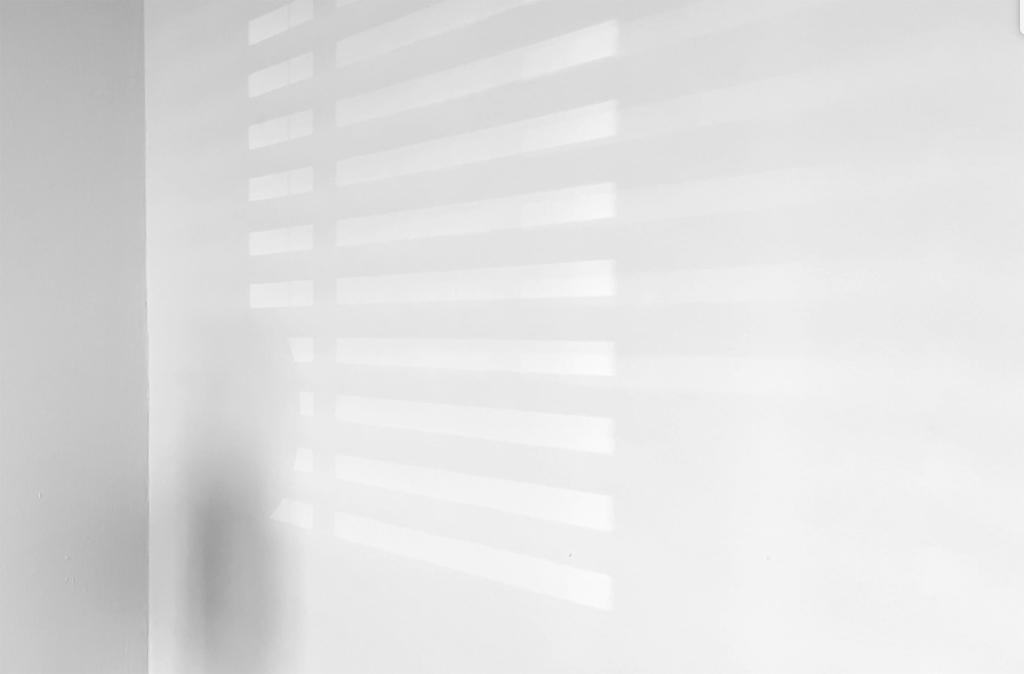
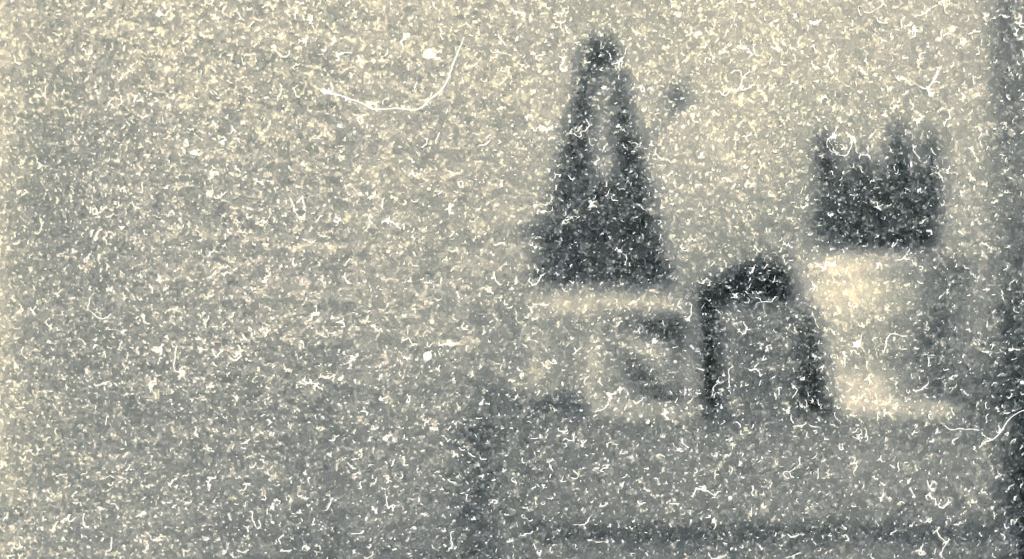
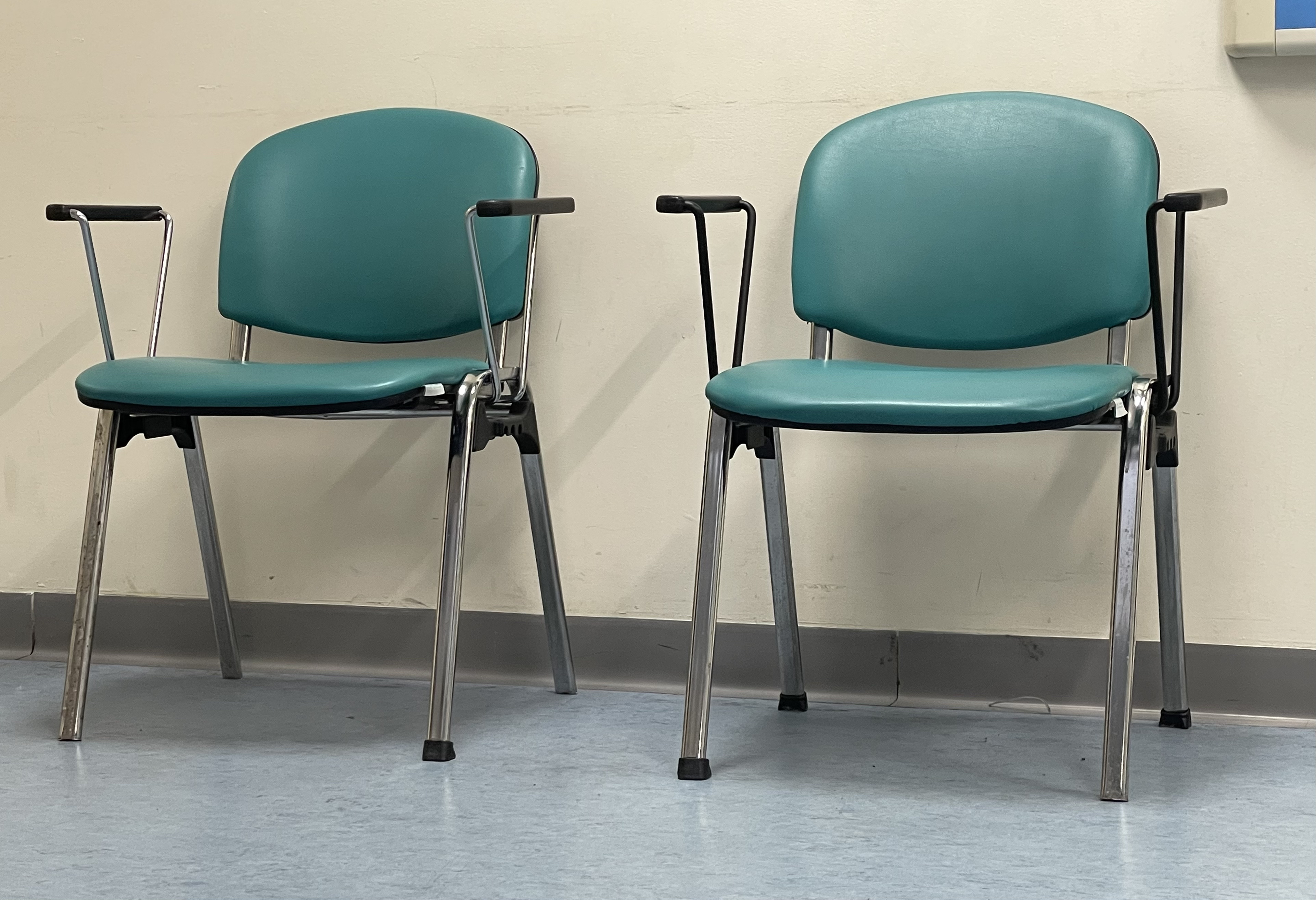




 Silence on Loan. 2022. Performance broadcast live on Instagram
Silence on Loan. 2022. Performance broadcast live on Instagram






